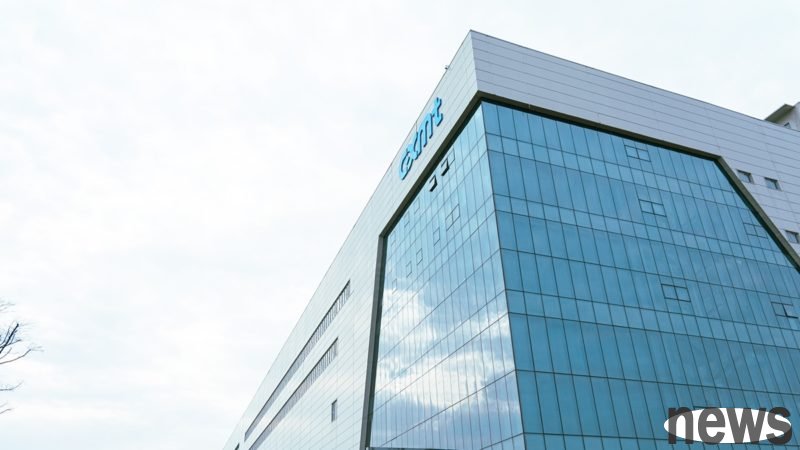
According to foreign media reports, due to the influence of US sanctions, China has difficulty obtaining AI-powered high-frequency wide memory (HBM), which has also hindered the development of AI. Changxin CXMT, which was once suspended, has also resumed its large-scale equipment investment. The reason for the restart is that Changxin Cash plans to introduce a large number of new equipment to expand production capacity, produce the latest DRAM DDR5, and develop HBM3 high-frequency wide memory products on this basis.
Report quoted market news, Changxin Cunyuan began to order equipment in the third quarter and established a production line at the production base in Hefei, Anhui Province. Changxin Cunyuan initially informed equipment suppliers that it began to order new equipment at the beginning of the year to significantly improve its production capacity. However, due to the suspension of DDR4 and the possibility of stricter export ban in the United States, new equipment has been postponed to the factory. Changxin Cunyuan's HBM production capacity in 2026 will reach 50,000 wafers per month, and about 20% to 25% of HBM production capacity in Samsung and SK Hynix in 2026. In the first quarter of 2025, Changxin Storage accounts for about 6% of the global DRAM market.
U.S. semiconductor laws restrict, China has difficulty obtaining AI chips from companies such as NVIDIA and AMD, so it accelerates technological independence. The problem is that the US government regulates AI chip assembly to form high-frequency wide memory (HBM). According to the British Financial Times Report, the Chinese Academy of Economics Deputy General Secretary He Lifeng discussed with the US Secretary of Finance Scott Bessent trade, and China demanded the lifting of HBM export restrictions.
Changxin Cunyuan strengthens the promotion of HBM domesticization. Changxin Cunyuan has completed the development of HBM2, accelerated the production of HBM3, and started large-scale investment facilities in 2024. Changxin Cash has stopped producing DDR4 DRAM and changed to existing DDR4 equipment to upgrade to DDR5 line. The United States is considering including Changxin deposits in the actual list of export restrictions, and the introduction of imported equipment has also been postponed.
China's HBM shortage has increased, and Changxin Cunyuan seems to be in a hurry to introduce new equipment. According to the early reporting of Hong Kong's South China, the shortage of HBM may hinder AI competition. Although China's two largest memory companies, Changxin Cunyuan and Changjiang Cunyuan, have made progress, their production capacity and technology maturity are still behind foreign companies.
Market forecast, China will not be dominant in the short term than the HBM market. In China's research and development, not only is the older model, but the stacked DRAM is also behind the 10-nanometer-level 1a process that domestic enterprises have produced two or three years ago. Samsung and SK Hynix are producing HBM using 10nm-level 1b process DRAM, one and two generations ahead of Changxin Cunyuan. Market insiders pointed out that Changxin Cash HBM's commercialization and entry into the market will take a long time, and its impact on the HBM market in 2026 is limited.